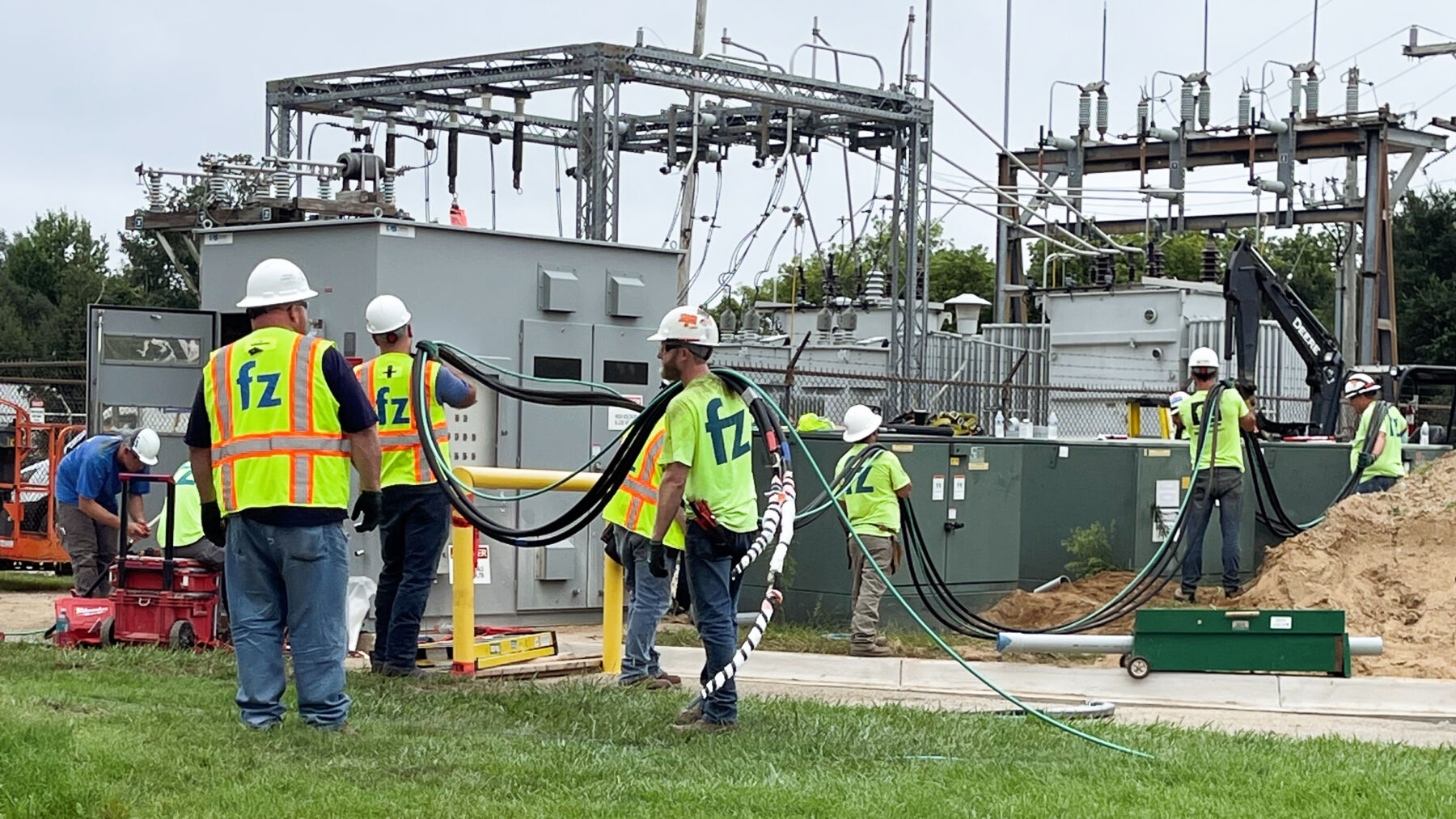Combining a strict budget, tight schedule, and complex projects, a shutdown can be the stuff of nightmares. When planned correctly though, a shutdown can be incredibly effective in accomplishing a critical project or plant floor tune up. The key to success lies in the planning. We talked with our shutdown experts to gauge how you can effectively prepare for a shutdown.
Here are our tips for a successful shutdown:
1. Plan Ahead
Don't rush into a shutdown—give yourself enough time to effectively plan ahead. The general recommendation for shutdown prep is between three to four months (more if you're waiting on long lead time items). Use this prep time to identify the right project partner, secure competitive bids, order equipment and parts, and prepare your facility.
2. Identify Goals
- What is your main objective?
- What needs to be accomplished?
- Is it a large project such as moving lines or installing new equipment?
- Is it accomplishing standard shutdown tasks such as repairing, cleaning, or maintaining equipment?
- How will you measure success for the shutdown?
Whatever it is - identify and document it.
3. Break Out the Tasks
Identify all of the individual activities that need to be accomplished. Assign an owner for each activity, what resources and materials they need, how long it will take, and if any others tasks are dependent on its completion. Record all of this information in a clear and concise way that can be shared with the team at large.
4. Build the Schedule
Take time to schedule your order of events and sequencing in order to mitigate issues later on. Ensure that the schedule is clear and understandable and includes sufficient time for onboarding, testing, and troubleshooting.
5. Create your Budget
Incorporate supplies, equipment, contractors, wages, overtime, and extraneous costs (catered meals, hotels, extra parts, etc.) If possible, use a past shutdown budget to serve as a starting point.
6. Identify Partners
Who you choose to work with will make or break your shutdown experience. That's why you should choose partners who are experienced, reliable, trustworthy, and strong communicators. Secure your partners and ensure they have a clear understanding of the goals of the project.
7. Assign Responsibility
Who is in charge? It might be just you, or it might be a small group of people. Identify the responsible parties and ensure that everyone onsite understands who they should go to for questions, concerns, or emergencies.
8. Communicate
Keep open lines of communication with your team, contractors, and any other stakeholders. This may mean performing daily standups and debriefs, installing signage around the facility, or providing a resource package for everyone on site that includes safety requirements, parking areas, smoking areas, exit signs, etc.
For each contractor, identify your main point of contact. These contacts will help disseminate information to their teams and will simplify feedback coming to you.
9. Safety
The inherent nature of a shutdown can pose safety risks. It's likely that more people will be onsite performing critical and potentially dangerous work than normal. With tight deadlines and stress, people may be more careless and absent-minded than usual. It is critical that safety remains a top priority and is understood by everyone at all levels. Extra safety measures may include locking up hazardous materials, hanging extra signage, conducting a risk assessment, or updating emergency policies.
10. Document
Next year, when planning your shutdown, what information would you ideally like to have as a reference? Plan for that this year. This may mean saving a process inventory plan, permits, schedule, budget, purchase orders, equipment list, contact information, and job responsibilities.
11. Recap
At project closeout, gather the project team to recap and record. Ask the following questions at a minimum;
- What did you learn?
- How would you improve in the future?
- Did any new projects or problems arise?
Maybe you find that more preventative maintenance activities are needed throughout the year. Maybe new safety measures need to be implemented. Whatever it is, ensure that it is documented and that you have a plan of action.
These tips and tricks can help serve as a starting point in planning for a successful shutdown. Have more questions? Drop us a line and an expert will be in touch!
Share this Blog Post
Leave a question or comment:





